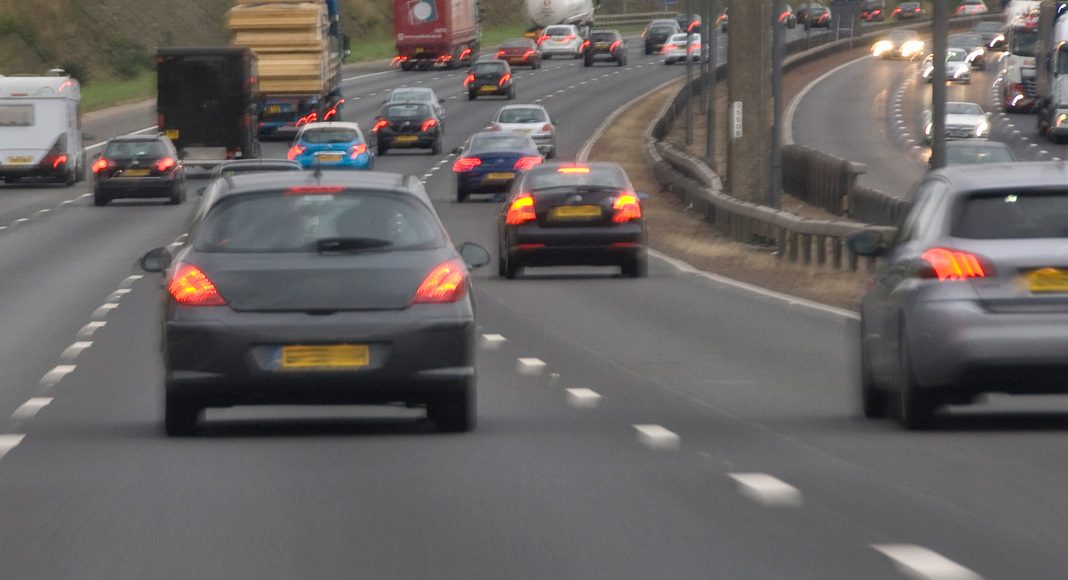It’s one of the most basic rules of driving: leave a safe following distance. But, it’s also one of the most commonly broken rules. And rear-end collisions (in which a driver runs into the car ahead or is hit by the car behind) are one of the most common types of incident on the road.
On any journey, on any road, on any given day, in any weather condition, you’re likely to witness many instances of drivers following others too closely.
Yet, regardless of how often we see it happening, driving too closely to the car in front is something that baffles me. After all, leaving a safe following distance is one of the easiest and most effective ways of avoiding a collision.
And, even if you use all kinds of other defensive driving techniques, you can never be a true safe driver if you don’t follow this simple rule.
Leaving a safe following distance means you always leave yourself an escape route – and that you will almost always be able to take evasive action if you need to.
So, could it be that some drivers are unsure of how to leave a safe following distance? Perhaps some people simply need a reminder from time to time of how to count out a safe following distance. Here goes:
Follow the three-second rule
Yes, that’s right, three-seconds. Adding just one more second to your following distance can decrease your chances of a collision enormously (and in case you’re wondering, yes, that is the reason for the name of this website!). So, forget the two-second rule, it’s the three-second rule that will help to save more lives.
But it’s just for good conditions
When driving in good conditions, with traffic flowing nicely, always use the three-second rule to help you keep a safe following distance. If the roads are wet, it will take you around twice as long to stop. If roads are icy, slushy or snowy it could take you up to ten times as long to stop. Therefore, you should always adjust your following distance to suit the weather conditions.
Count it out
So, how do you keep a three-second following distance? Simple: count it out. While driving, pick a fixed object up ahead (a tree, lamppost, sign, for example). As the rear of the vehicle in front passes that object, begin to count. One one-thousand. Two one-thousand. Three one-thousand. If you don’t complete your counting before your own vehicle reaches that same object, you’re too close and you need to increase your following distance.
Maintain a three-second gap
So, you’ve created a safe following distance – that’s the easy part! Maintaining it can be trickier. You’ll probably find that other vehicles continuously pull into the gap, especially in heavy traffic. Don’t get angry, frustrated or stressed out! Simply adjust. Ease off the accelerator, let your following distance increase and count it out once more.
Do you have any additional tips for drivers to help them leave a safe following distance? Do you find it easy or difficult to maintain a safe following distance yourself? I’d love to hear your thoughts.

E-mail: oms@virtualriskmanager.net
Tweet us: @One_More_Second



















